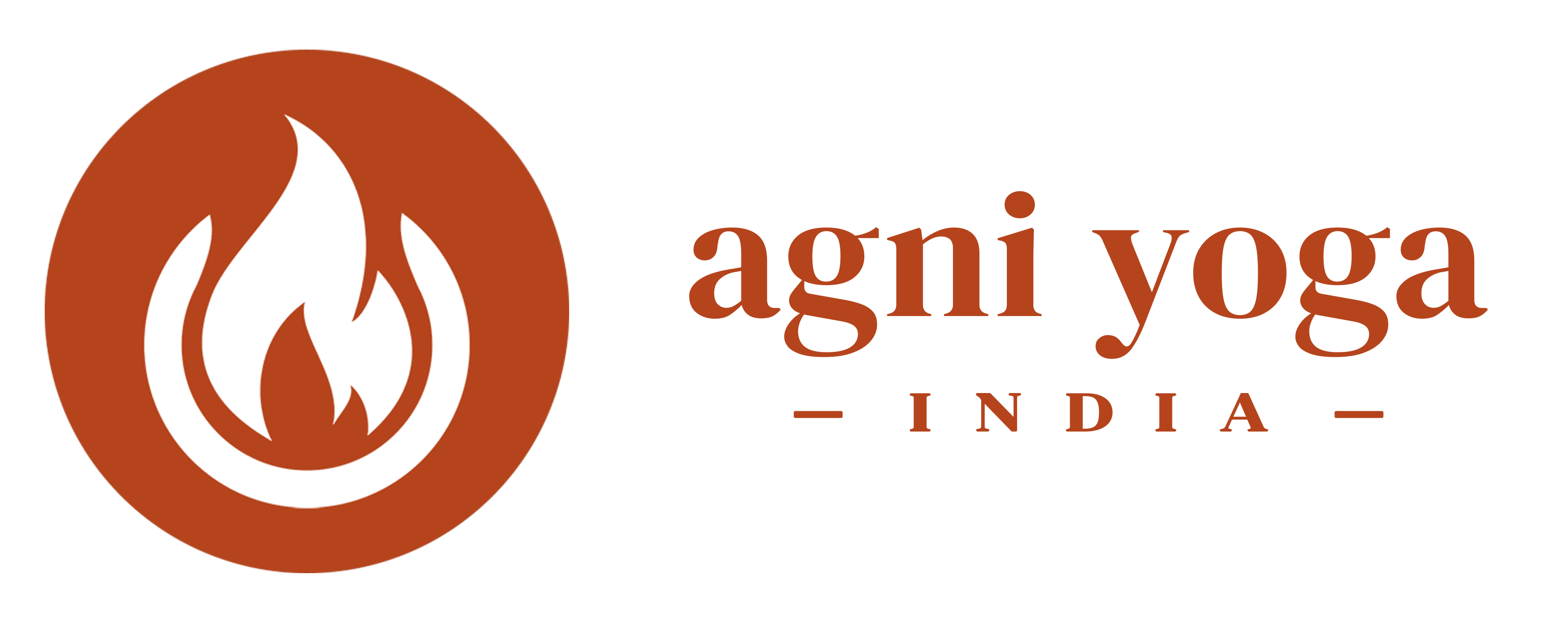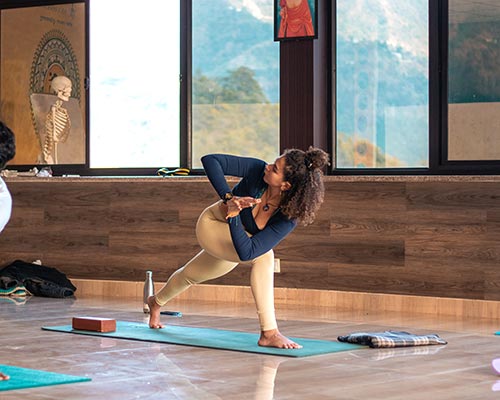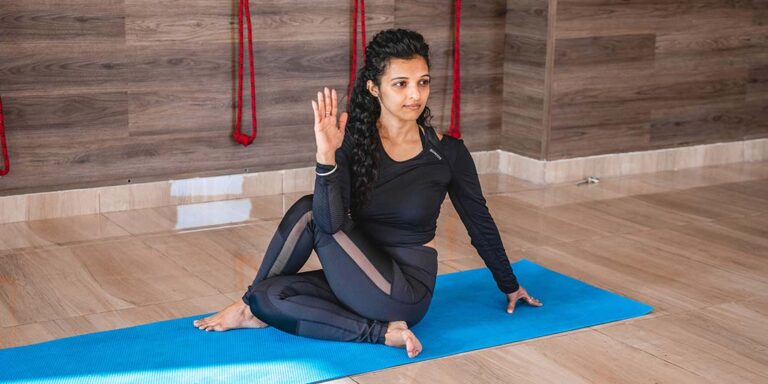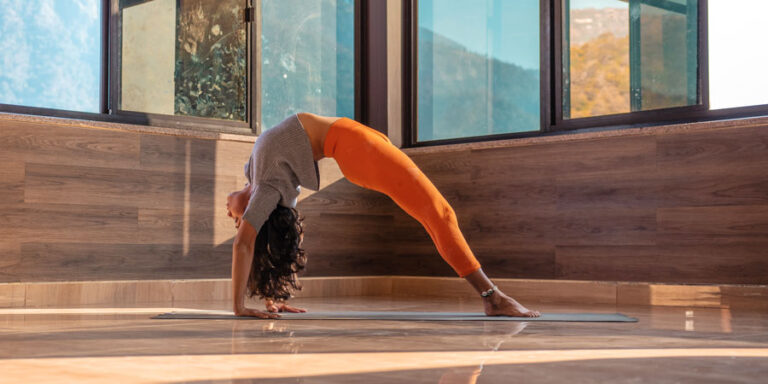Hatha Yoga: How To Do Best Yoga Poses, Asanas, Benefits, Steps & More
What is Hatha Yoga?
Hatha Yoga is known as the oldest form of Yogic practice. The word, “Ha” means ‘the sun’, and “Tha” means ‘the moon.’ “Hatha” means the Yoga to bring balance between the sun and the moon energies within you, or the Ida and Pingala (the energy channels) within you. You can explore Hatha Yoga in ways that take you beyond certain limitations, but fundamentally, it is a physical preparation – preparing the body for a higher possibility.
There are other dimensions to this, but to put it simply, just by observing the way somebody is sitting, you almost know what is happening to them. If you have observed yourself, if you are angry, you will sit one way; if you are happy, you sit another way; if you are depressed, you sit yet another way. For every different level of consciousness or mental and emotional situation that you go through, your body naturally tends to take certain postures. The converse of this is the science of asanas. If you consciously get your body into different postures, you can also elevate your consciousness.
There are five main practices of hatha yoga:
1) Asana
2) Pranayama
3) Mantra
4) Mudra
5) Shat kriyas & shat karmas.
Myths of Hatha Yoga
- An easy form of Yogasana
The most common misunderstanding related to the practice of Hatha Yogasana is that it tends to be easygoing. In reality, people practice yogasana as they provide a wholesome experience of the physical body. The body tends to move in a flow and yet gain strength or mobility.
Hatha Yoga, when practiced diligently allows the muscles in the body to strengthen and the joints to become mobile. The focus is on the breath while moving from one posture to another.
- To gain flexibility
Hatha yoga practice is not only performed for the flexibility of the muscles but rather to strengthen the muscles by holding the postures for a longer period. In the ancient times of Rishi and Munis, it is said that one posture used to have a minimum of one hour hold. This type of asana practice requires not only strength and flexibility but dedication and patience as well.
- To only practice Yogasana
Hatha Yoga does not only mean asana practice. Under the banner of Hatha yoga, which is the practice of balancing two different energy channels, there is Pranayama, cleansing practices, and mudras. The wholesome embodiment of hatha yoga is inculcating the lifestyle of Yoga.
Top 10 Hatha Yoga Poses to Practice at Home (with images)
Hasta-uttanasana
This posture allows your spine to extend into a back-bending posture which in turn helps to strengthen the muscles in the posterior part of the body.
Ashtanga Namaskar
This asana is called 8 limbs as ‘Asht’ means numerical eight, and ‘anga’ means ‘limbs’. In this posture, only eight different limbs of the body are touching the ground. This posture helps in strengthening the shoulders and arms.
Bhujangasana
Cobra pose is a back-bending posture, which means that the posture is performed to strengthen the muscles in the posterior region of the body. This includes muscles surrounding the spine, back of the legs, and buttocks.
Parvatasana
Mountain pose or Parvatasana, is an inversion posture performed as a resting posture during intense asana practice. Inversion means upside-down postures, that help to bring the blood flow down towards the brain. Such postures can be performed to enhance blood circulation, better neuro connection, and strengthen the sensory system.
Tadasana
Mountain pose or Tadasana is performed as an overall strengthening and balancing posture that requires concentration toward one subject. A posture that activates muscles from the top of the head to the bottom of your toes.
Vrikshasana
Tree pose or Vrikshasana is performed as a balancing and strengthening posture for the muscle group in the anterior and the posterior part of the body. It requires centering the body with the help of abdominal muscles around the navel and eventually activating the full body to stay stagnant like a tree.
Baddha konasana
The butterfly pose or Badhkonasana, is performed to strengthen the hamstrings and increase hip mobility. This posture can be performed with guidance daily as it helps to improve the posture and strengthen the lower body.
Vajrasana
Thunderbolt poses or Vajrasana is known as the kneeling asana in Hatha yoga that helps to increase the blood flow in the torso. This posture is majorly performed post-consumption of a meal for better digestion.
Balasana
A child poses or Balasana has performed in-between the flow of an asana series to rest. From a kneeling posture when an individual attempts to grab their heels while touching their head on the floor, the breathing pattern slows down in the process to a neutral level.
Malasana
Yogic squat (Garland pose) or Malasana is an allrounder pose performed to improve ankle mobility, better digestion, strengthen the thigh muscles, and activate the spine.
Top 5 Benefits of Hatha Yoga
Increases Strength – the asana (postures) performed during the practice of Hatha Yogasana helps to increase strength in muscles as it is difficult to hold oneself into a posture.
Stillness – An active hold of a posture requires immense mental strength. The moment an individual can control their breath while holding a posture, slowly the intensity increases of the hold of the asana.
Flexibility – In reality, flexibility is not the goal of Hatha Yoga practice, it is the by-product of holding the postures for a longer period. As the strength increases in the muscle, flexibility comes easy.
Mobility – When the postures of Hatha Yoga are practiced with a certain intensity, certain joints of the body work in unison with each other. Increased mobility is what makes an individual healthier for old age.
Resistance – The mind of a human is always fickle. Holding oneself into a posture is difficult for certain people. The idea of standing still in a posture sounds scary but the moment a person can connect their breath the body molds itself into the posture creating resistance against their fear.
FAQs
Can pregnant women practice Hatha Yoga?
Women in their second trimester can practice the Pawanmuktasana series of Hatha yoga. Gentle daily practice of Pranayama and Meditation can help in the development of the fetus’s brain.
Is it safe to practice Hatha yoga daily?
As Hatha yoga is performed by holding the postures for a longer period, the Yogasana practice can be performed daily with guidance.
Why should one practice Hatha Yoga?
As Hatha yoga is a practice that is performed with the help of your breath, it increases the concentration and tolerance of an individual. Hence, the practice of hatha yoga should be inculcated into a daily routine.
Can Children Practice Hatha Yoga?
Children above the age of twelve should slowly involve the practices of Hatha yoga in their routine. A Yogic lifestyle helps not only to increase longevity but also to expand neural pathways in the brain.
How long should be a hold of a posture (asana)?
One simple posture should have a minimum of one minute hold and a maximum can go up to an individual’s limits.
